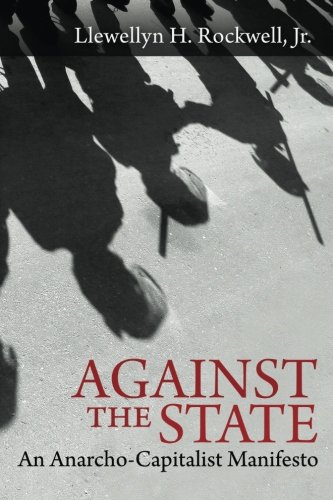As the polls closed on election day last month, six California Republican House candidates, including Representatives Dana Rohrabacher, Steve Knight, and Mimi Walters, were ahead in their respective races. However, as the absentee and provisional ballots rolled in over the intervening weeks, all six lost to their Democratic opponents.
The case of Korean-American GOP candidate Young Kim was one of the most prominent examples. On election night, Kim held an 8,000 vote lead over her Democratic opponent Gil Cisneros, and even attended freshman orientation in Washington, D.C. before watching her lead, and her victory, slowly evaporate over the subsequent weeks.
The results drew the attention of House Speaker Paul Ryan.
 Against the State: An ...
Best Price: $5.02
Buy New $5.52
(as of 11:35 UTC - Details)
“California just defies logic to me,” said Ryan at a Washington Post live event. “We were only down 26 seats the night of the election, and three weeks later, we lost basically every California contested race. This election system they have — I can’t begin to understand what ‘ballot harvesting’ is.”
Against the State: An ...
Best Price: $5.02
Buy New $5.52
(as of 11:35 UTC - Details)
“California just defies logic to me,” said Ryan at a Washington Post live event. “We were only down 26 seats the night of the election, and three weeks later, we lost basically every California contested race. This election system they have — I can’t begin to understand what ‘ballot harvesting’ is.”
The stunning turnaround in California, of all states, can be attributed to several factors, as conservative critics like The Federalist’s Bre Payton wrote, but the most significant of those seemed to be the practice of “ballot harvesting.”
Passed as a barely noticed change in the state’s vote by mail procedures in 2016 and signed by then-Governor Jerry Brown, California’s AB 1921 allows voters to give any third party — not just a relative or someone living in the same household, as was previously the law — to collect and turn in anyone else’s completed ballot.
Called “ballot harvesting,” critics say the practice is ripe for fraud. Consider “Lulu,” who was recorded trying to “harvest” what she thought was a Democratic voter’s ballot in Rep. Knight’s district.





